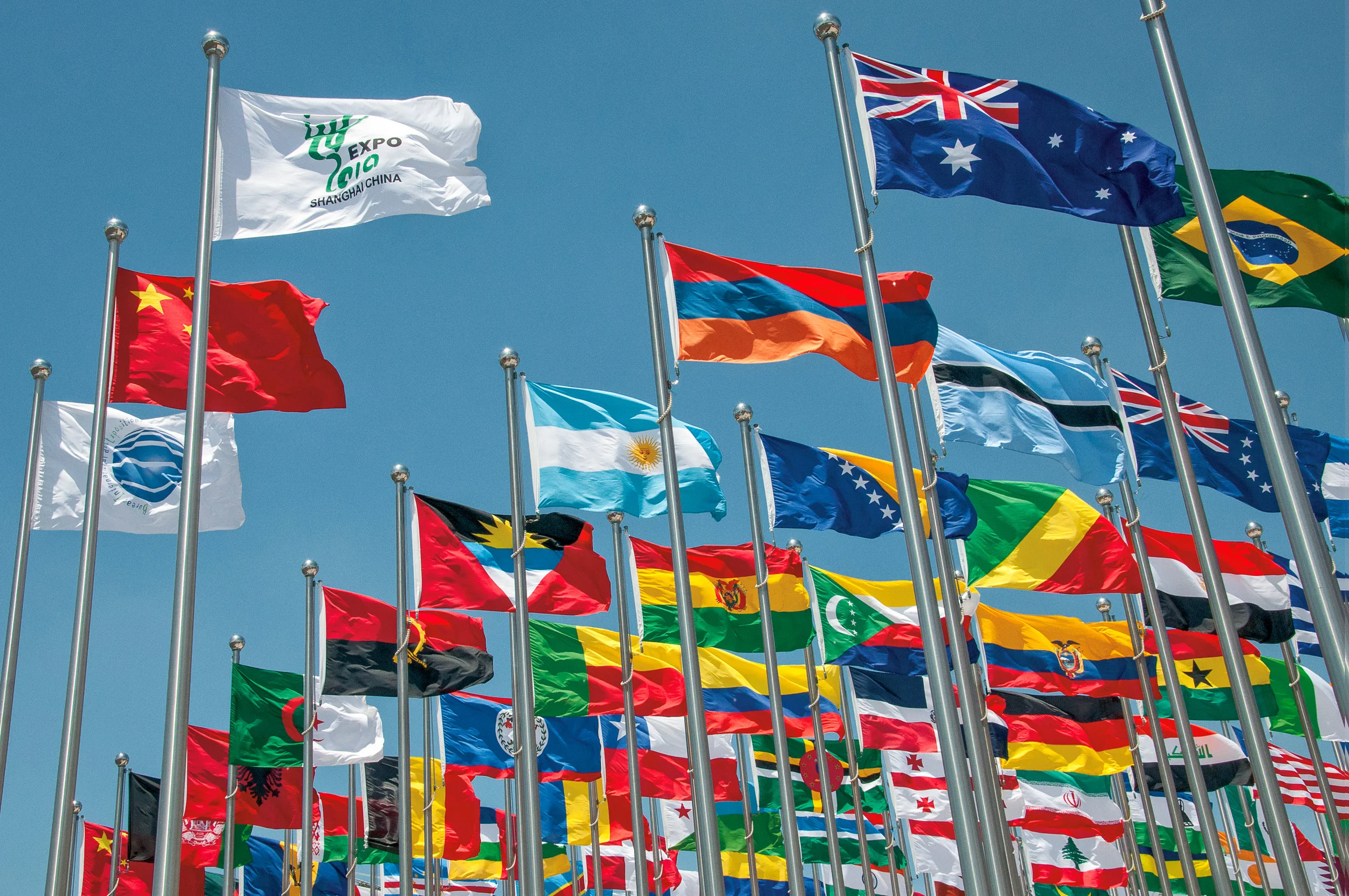World Expos
“An exhibition is a display which, whatever its title, has as its principal purpose the education of the public”
A young visitor walks towards the main building of the UK Pavilion at Expo 2015 Milan. Photo: © USC Center on Public Diplomacy, 2015. (CC BY-NC-ND 2.0)
What are world expos?
An informal explanation
World Expos, World Fairs, and Universal Expositions, are some of the informal terms authors use to refer to International Exhibitions. In this website, I use the term World Expos.
World Expos are international mega-events that involve the official participation of national governments and whose main purpose is the education of the public.
The function of World Expos is to expose massive audiences to innovative ideas from around the world, with the end goal of fostering creativity that generates long-term benefits for the host country.
In World Expos, official participants are governments of foreign countries invited exclusively through diplomatic channels. World Expos are not about private companies trying to sell to visitors, promote trade, or attract investment.
World Expos are essentially cultural events with an outside-inwards public diplomacy scheme. In these events, the world communicates to the local public. This partially explains why World Expos are rarely noticed outside the host country.
A formal explanation
International exhibitions is the formal name in English of these mega-events. They are defined and regulated by the Convention Relating to International Exhibitions (Paris, 1928):
Article 1.
1. An exhibition is a display which, whatever its title, has as its principal purpose the education of the public: it may exhibit the means at man’s disposal for meeting the needs of civilisation, or demonstrate the progress achieved in one or more branches of human endeavour, or show prospects for the future.
2. An exhibition is international when more than one State takes part in it. [...]
International exhibitions do not include exhibitions lasting less than three weeks or more than six months, fine arts exhibitions, and exhibitions of an essentially commercial nature.
Currently, there are two categories of International Exhibitions: Registered and Recognized.
Main characteristics of World Expos
In simple terms, World Expos have three main characteristics:
World Expos are international
World Expos are mega-events
The main purpose of World Expos is education for the public
International
Unlike other mega-events -like the Olympic Games and the FIFA World Cup-, World Expos involve the official participation of foreign governments invited exclusively through diplomatic channels.
The Convention Relating to International Exhibitions, signed in Paris in 1928, is an international treaty that only governments of sovereign countries can sign and ratify. Today, 169 countries are legally bound by the Convention.
Since the Convention Relating to International Exhibitions entered into force, World Expos involve several forms of bilateral and multilateral diplomacy regulated by international law.
Membership to the Bureau International des Expositions is similar in many ways to membership to the United Nations. Each member country has one vote in the General Assembly.
Mega-events
World Expos are large-scale events that have a long-term impact on the host country.
World Expos attract large numbers of visitors. Expo 2010 Shanghai has the record, with 73 million visits. Expo 1970 Osaka follows, with 64 million.
World Expos occupy large areas. The largest has been Expo 2010 Shanghai, with an area of 5.28 square km (2.04 square mi), about 15 times the size of Disneyland.
Because participation in World Expos tends to be very expensive for governments, the most recent amendment to the Convention Relating to International Exhibitions set rules of minimum spacing between World Expos. At the current rate, the expectation is to have four World Expos (two Registered and two Recognized) per decade.
Education for the public
World Expos are fundamentally cultural events whose main purpose is the education of the masses.
Since their creation in 1851, World Expos are expected to generate long-term benefits to the host country by exposing the local population to new or different ideas.
World Expos are not events to attract foreign investment or promote international trade. Most of the audience of World Expos is public in general who attends for entertainment purposes.
World Expos cannot be fundamentally commercial. National pavilions can only dedicate less than 20% of their area to commercial activities, and these have to be culturally related to the participating country.
Most visitors tend to come from the host country. Generally, between 90% and 95% of visitors are local.
References
Convention relating to International Exhibitions. Bureau International des Expositions.



